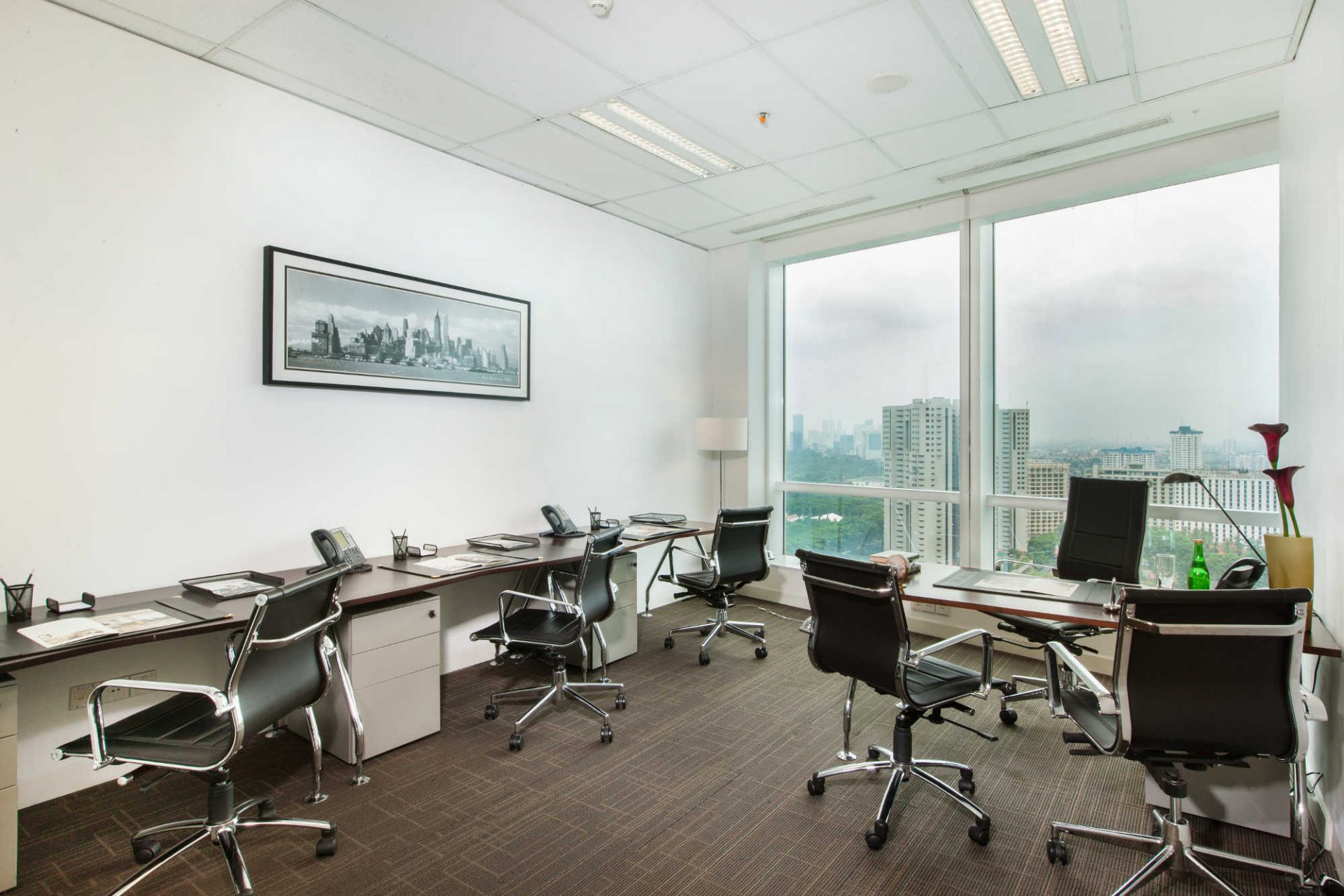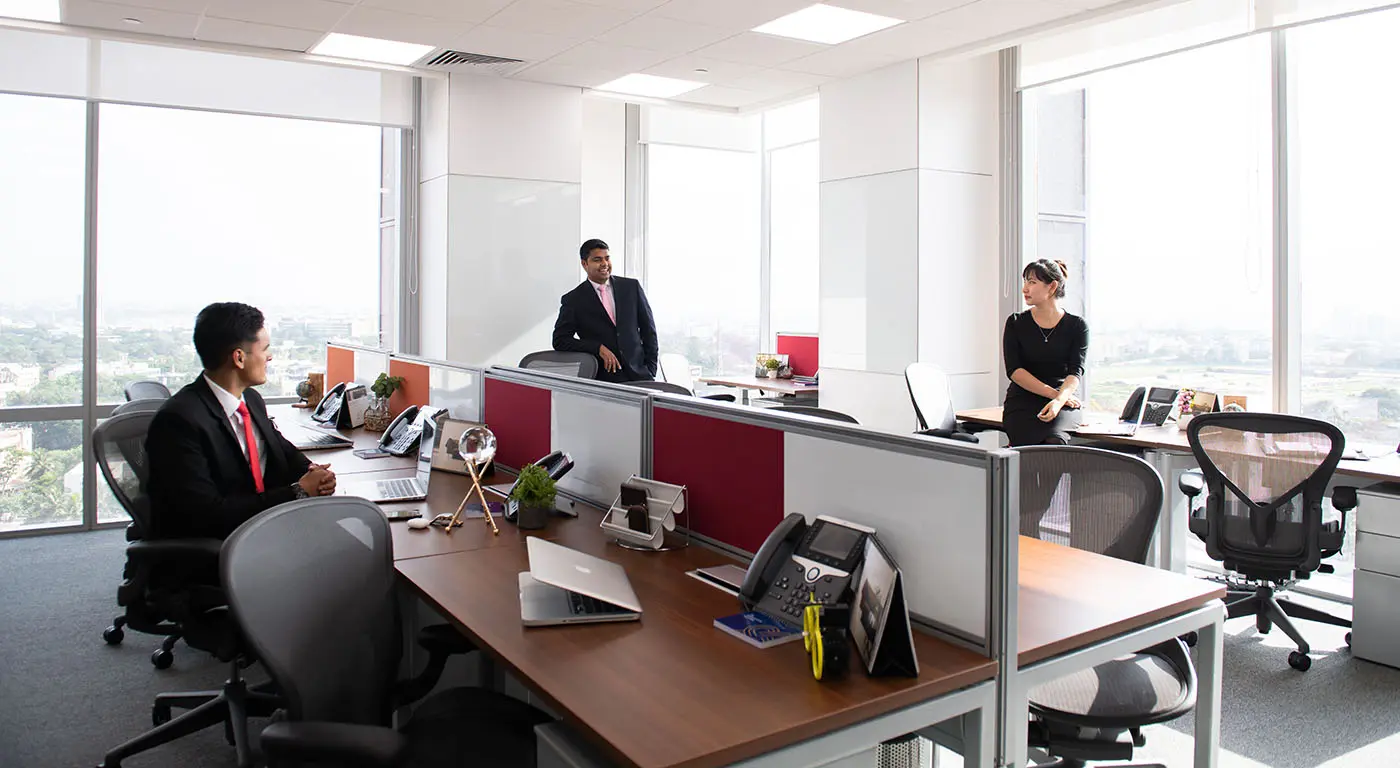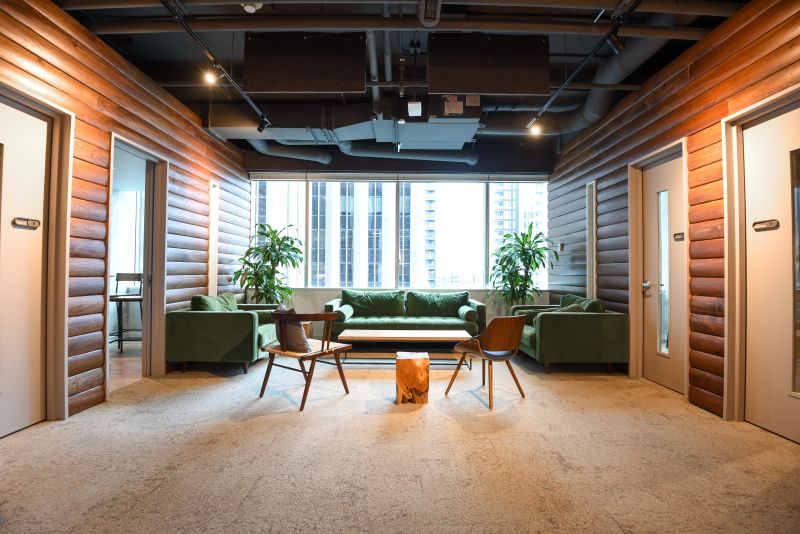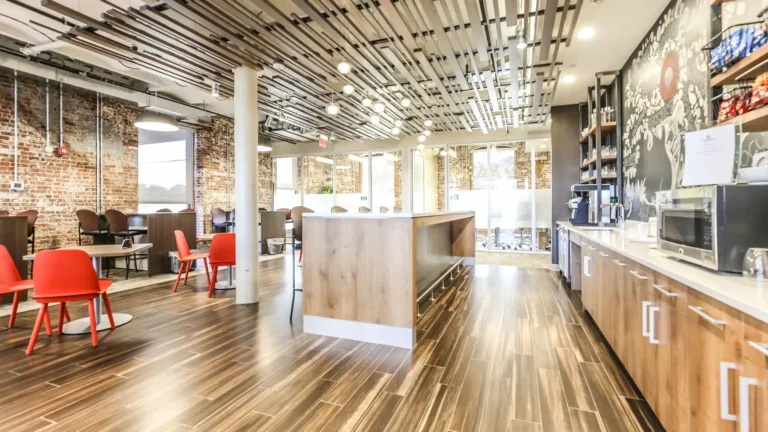Best Commercial Office Space for Rent | Top Platforms & Insights
Securing the right commercial office space for rent can dramatically influence the success of your business. Whether you are a startup seeking a professional base, an established company expanding into a new market, or a remote-first team seeking a hybrid office solution, choosing an ideal rented office space offers flexibility, cost-effectiveness and strategic advantage.
This comprehensive article walks you through what renting a commercial office space entails, why it’s beneficial, how technology is transforming the search and leasing process, and highlights five leading real-world platforms that help you locate and rent commercial office space. By the end, you’ll feel empowered to take actionable steps toward leasing the right office for your business.
Understanding Commercial Office Space for Rent
What Renting a Commercial Office Space Means
When a business looks for commercial office space for rent, it is seeking to lease (rather than purchase) a physical office location with defined square footage, amenities, utilities and often shared or private infrastructure. The term “commercial” distinguishes the use from residential or home-office. Commercial office spaces may include open-plan layouts, individual suites, full floors, or even coworking style offices tailored to business use.
Leasing rather than buying means you are committing to rental payments over a term (often months to years) under lease terms that define rent, maintenance obligations, landlord responsibilities, permitted uses, and options for renewal or expansion. Renting allows you to avoid the large upfront cost of buying property while still retaining the operational benefits of a physical office.
Types of Commercial Office Spaces for Rent
There is considerable variety in the types of office space available for rent, depending on business size, industry, and location needs. Some common types include:
-
Traditional fixed-term office leases in a standard office building — suited for businesses needing long-term stability.
-
Flexible or serviced office leases (including coworking-style) — suited for businesses needing agility, shorter terms or plug-and-play setups.
-
Full floor leases or multi-floor offices — suited for companies scaling rapidly and wanting dedicated space for teams.
-
Hybrid/remote+office setups where companies use part office, part remote, hence choosing smaller office footprints tied to flexible lease terms.
Choosing the right type is crucial because each variant has different cost structures, term lengths and flexibility implications.
Benefits of Renting Commercial Office Space

Financial Flexibility and Reduced Risk
One of the clearest benefits of renting a commercial office space is that you do not tie up large amounts of capital as you would in purchasing property. Instead, you commit to rent, which allows you to allocate funds toward core business operations-hiring talent, marketing, product development-rather than bricks and mortar. This financial flexibility is especially valuable for startups or businesses in growth phase.
Further, renting reduces the risk associated with property ownership (market fluctuations, maintenance surprises, long-term lock-in). If your business model changes, you may lease a different location or scale down/up without being burdened by selling a property.
Access to Prime Locations and Modern Facilities
Renting gives you access to locations you might not afford to buy. For example, central business districts, high-visibility commercial hubs and buildings with premium amenities may be available for lease at a cost you can manage, whereas purchasing in those locations could be prohibitive.
In addition, many leased commercial office spaces come equipped with modern infrastructure- high-speed connectivity, climate control, building services, meeting rooms, security systems-which adds value and professional presentation for your business. Having a professional address and high-end facility can improve your brand credibility, client perception and employee morale.
Top 5 Platforms to Find Commercial Office Space for Rent
Below are five highly regarded platforms that businesses can use to find, evaluate and lease commercial office space. Each platform offers unique features and advantages to streamline your search for the right rental office.
1. WeWork

WeWork is a well-known provider of flexible office and coworking space globally. It offers private offices, full floors and enterprise solutions in multiple markets. WeWork
For businesses seeking a move-in-ready rental office, WeWork offers an appealing model: pre-furnished offices, flexible terms, amenities like meeting rooms, lounges and community services.
Use Case: A small tech startup wanting to lease office space quickly without worrying about furnishing can rent a WeWork private office. The startup solves the problem of time-consuming set-up and long fixed lease commitments.
2. LiquidSpace
LiquidSpace is an online marketplace for flexible office rentals. It connects businesses to private offices, dedicated hubs, on-demand spaces and allows booking via digital platform. liquidspace.com
This platform is particularly strong when a company needs flexible lease terms or wants to scale up/down quickly. For example, a business with fluctuating team sizes can use LiquidSpace’s pay-as-you-go model.
Use Case: A regional sales team needing temporary office space in a different city for three months can use LiquidSpace to rent without committing to long-term lease. It solves the problem of lease inflexibility and excess space when the project ends.
3. MatchOffice

MatchOffice is an international platform specializing in commercial office spaces, business centres, retail premises and warehouses for rent worldwide. MatchOffice.com
A key feature is that it connects tenants with verified landlords, offers search-agent tools for alerts and allows filtering by location, size and infrastructure.
Use Case: A growing professional services firm looking for a 5,000 sq ft office in a major city can use MatchOffice to compare multiple rental listings, identify best value and act quickly. It solves the problem of time delays and unverified listing risk.
4. CommercialCafe
CommercialCafe offers a robust database of commercial real estate listings including office spaces for rent, coworking and industrial spaces. commercialcafe.com
Its value lies in breadth and data-driven insights: vacancy rates, market trends and access to a large variety of locations across the United States.
Use Case: A medium-sized enterprise planning to relocate its headquarters can use CommercialCafe to analyse market trends (rent levels, upcoming developments) and choose an optimal office lease location. It solves the problem of leasing without market insight, which can lead to overpaying or choosing less desirable locations.
5. Nationwide Business Guide – Office Space Renting

While not a listing platform in the same sense as the others, this guide from Nationwide offers practical insights into finding and negotiating commercial office leases. nationwide.com
It helps businesses understand requirements, cost structures, and how to work with brokers when renting office space.
Use Case: A business owner unfamiliar with commercial leasing can use this resource to define needs, set budget expectations and avoid common leasing pitfalls. It solves the problem of inexperience and potential poor decision-making.
Benefits of Technology in Finding and Leasing Commercial Office Space
Data-Driven Decision Making
Modern rental platforms leverage data-market trends, vacancy rates, rent comparables, demographic and traffic analytics-to help businesses make informed choices about where and what to lease. For example, knowing a region’s vacancy rate or expected rent growth can help you choose a lease term that aligns with your business plan. Using tech-driven insights reduces the risk of paying too much or leasing in a declining area.
Enhanced Search, Virtual Tours and Flexibility
Technology enables virtual tours, interactive floor plans and remote viewing of office spaces, which significantly reduce time and cost in site visits. Many platforms now let you filter by features (connectivity, infrastructure, square footage) and book or negotiate leases online. Moreover, flexible office platforms let you scale up or down as needed, solving the problem of traditional long-term leases that don’t adapt to business changes. These tech enhancements make the leasing process faster and more efficient.
Why Businesses Should Choose Leasing Commercial Office Space
Addressing Business Growth and Change
Businesses today face rapid change-from remote work shifts to fluctuating team sizes and market opportunities. Leasing a commercial office space provides the agility to adapt. You can choose a short-term or flexible lease to test a new market, relocate easily as you grow, or expand when needed. The alternative-owning property-often lacks this flexibility and can tie up capital and time.
Professional Presence and Operational Efficiency
A leased office space in a strategic location provides a professional image to clients, partners and employees. It fosters a dedicated workspace culture, separate from home distractions, and instils credibility. Renting also often includes access to building services, utilities, security and amenities, allowing your business to operate smoothly without having to manage the facility-freeing up focus on core business operations.
How to Rent Commercial Office Space: Step-by-Step
-
Define Your Needs: Determine how much square footage you need, the type of layout (open vs private offices), location preferences, budget, lease term, and essential amenities (connectivity, parking, meeting rooms).
-
Research Listings: Use the platforms above (WeWork, LiquidSpace, MatchOffice, CommercialCafe) and engage with brokers or landlords. Filter by your criteria and schedule site visits (virtual or physical).
-
Compare Costs and Terms: Beyond rent, consider utilities, maintenance, insurance, building services, parking, tenant improvements, and lease flexibility.
-
Negotiate the Lease: Discuss term length, rent escalations, renewal options, tenant improvement allowances, subleasing/open-use clauses.
-
Review Contract Carefully: Have legal counsel review terms. Ensure you understand obligations, exit clauses, liabilities and that the space meets your business needs.
-
Finalize and Move In: Sign the lease, coordinate move-in logistics (furnishings, connectivity, signage) and ensure your business is ready to operate in the new location.
Where to Start Your Search
Frequently Asked Questions
Q1. How long is a typical lease term for commercial office space?
Lease terms vary widely depending on size, market and business needs. Many traditional office leases run from 3-10 years, but flexible office solutions (coworking or serviced offices) may offer monthly or annual terms. Choosing the right length depends on how stable your business needs are and how much flexibility you require.
Q2. Can I rent a commercial office space with minimal commitment?
Yes. Platforms like LiquidSpace and coworking operators like WeWork provide options for shorter lease terms-sometimes month-to-month or for a few months-offering flexibility for businesses testing markets or requiring temporary space. This addresses the problem of long-term lease lock-in.
Q3. What should I budget besides rent when leasing an office?
In addition to base rent, you should include costs for utilities (electricity, water, internet), maintenance and building services (cleaning, security), insurance, tenant improvements (if you’ll modify the space), parking, and any escalations built into the lease. Budgeting for all these ensures you don’t face unexpected expenses after moving in.






